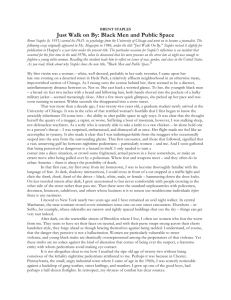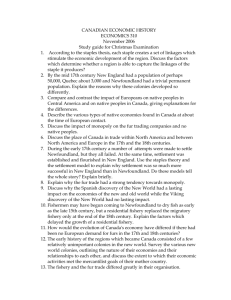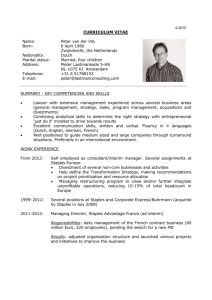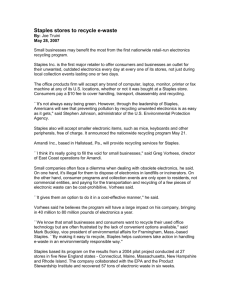Pursuit of Livelihood: Agricultural Resources and Canadian
advertisement
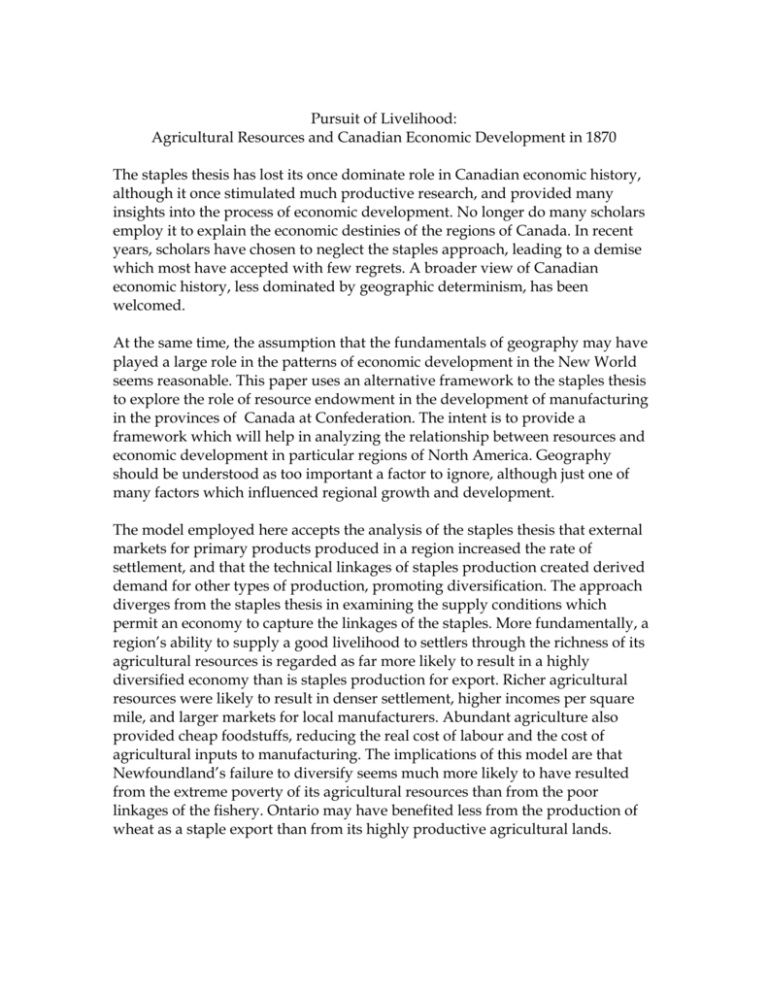
Pursuit of Livelihood: Agricultural Resources and Canadian Economic Development in 1870 The staples thesis has lost its once dominate role in Canadian economic history, although it once stimulated much productive research, and provided many insights into the process of economic development. No longer do many scholars employ it to explain the economic destinies of the regions of Canada. In recent years, scholars have chosen to neglect the staples approach, leading to a demise which most have accepted with few regrets. A broader view of Canadian economic history, less dominated by geographic determinism, has been welcomed. At the same time, the assumption that the fundamentals of geography may have played a large role in the patterns of economic development in the New World seems reasonable. This paper uses an alternative framework to the staples thesis to explore the role of resource endowment in the development of manufacturing in the provinces of Canada at Confederation. The intent is to provide a framework which will help in analyzing the relationship between resources and economic development in particular regions of North America. Geography should be understood as too important a factor to ignore, although just one of many factors which influenced regional growth and development. The model employed here accepts the analysis of the staples thesis that external markets for primary products produced in a region increased the rate of settlement, and that the technical linkages of staples production created derived demand for other types of production, promoting diversification. The approach diverges from the staples thesis in examining the supply conditions which permit an economy to capture the linkages of the staples. More fundamentally, a region’s ability to supply a good livelihood to settlers through the richness of its agricultural resources is regarded as far more likely to result in a highly diversified economy than is staples production for export. Richer agricultural resources were likely to result in denser settlement, higher incomes per square mile, and larger markets for local manufacturers. Abundant agriculture also provided cheap foodstuffs, reducing the real cost of labour and the cost of agricultural inputs to manufacturing. The implications of this model are that Newfoundland’s failure to diversify seems much more likely to have resulted from the extreme poverty of its agricultural resources than from the poor linkages of the fishery. Ontario may have benefited less from the production of wheat as a staple export than from its highly productive agricultural lands. The model presented in this paper is tested by regression analysis which reveals a strong correlation between agricultural resources, agricultural development and manufacturing at the time of Confederation.

